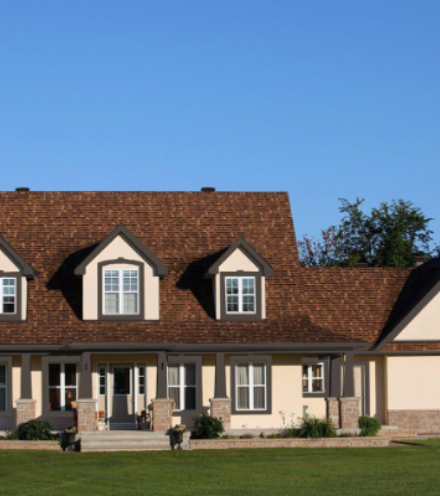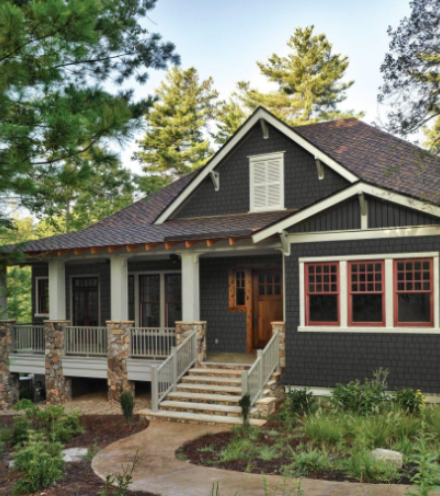A lot of homeowners spent good money to side their home with vinyl siding, assuming that this is a lower-maintenance alternative to basic wood siding. Unfortunately, many homeowners, particularly those that live in hot climates, find that this wasn’t such a good option after all. In addition to the fact that vinyl can crack or break on impact, vinyl siding can also melt, both in hot climates and in reflected sunlight.
Reflected Sun Melts Vinyl
While the vinyl manufacturers don’t necessarily want to take the blame for this phenomenon, it has been recorded as reported by Star Tribune, and others that vinyl siding can melt due to reflected sunlight.
The real problem is double-pane windows coated with low-E – something that a lot of homeowners install to help lower their energy bills. Double-paned windows are well known for their insulating properties, while the low-E coating helps further insulate and protect their belongings from UV rays.
If you happen to have a house situated right across from a neighbor who has double-pane windows with low-E glass, and the sun hits them just right, that reflected sunlight can be hitting your home. This isn’t a problem if you have wood, brick, or fiber cement siding on your home, but it is a problem if you have vinyl. Remember, vinyl is a plastic that has a relatively low melting point, so all of that reflected sunlight will simply heat up and melt your vinyl.
Repairing the Problem
Because the melted vinyl isn’t considered a hazard and is merely cosmetic, you will be required to pay for the damages yourself. But unless your neighbor puts some screens on their windows to break up the glare, this is a problem which will recur. And because siding plays a big role in your home’s curb appeal, this is one problem which could lower your home’s value if you don’t come up with a permanent solution, which in most cases means replacing the vinyl with something more durable.
The real solution, therefore, is to install a material that doesn’t have a tendency to melt, particularly if you live in a cold climate where the houses are close enough together to cause this issue. So while most people are aware of the fact that vinyl makes a poor choice for hot climates, homeowners in the north may want to consider truly low-maintenance options for their homes, like fiber cement siding, instead.
A Truly Durable Alternative
No matter how hot it gets outside, or how much your neighbor’s windows reflect the sun, the fact remains that fiber cement siding doesn’t melt. That’s because fiber cement isn’t a type of plastic; it’s a blend of cement, wood fiber and other additives which produce a siding that has the beauty of wood and the durability of cement. This means that no matter what climate you live in, you can trust that fiber cement siding will continue to look good year after year for as long as you own your home.
Make the Right Choice
Siding is one of the most important parts of your home, protecting it from the elements and increasing your home’s curb appeal. Don’t take chances with such an important part of your home’s appearance and integrity; choose a truly durable covering for your home instead.




